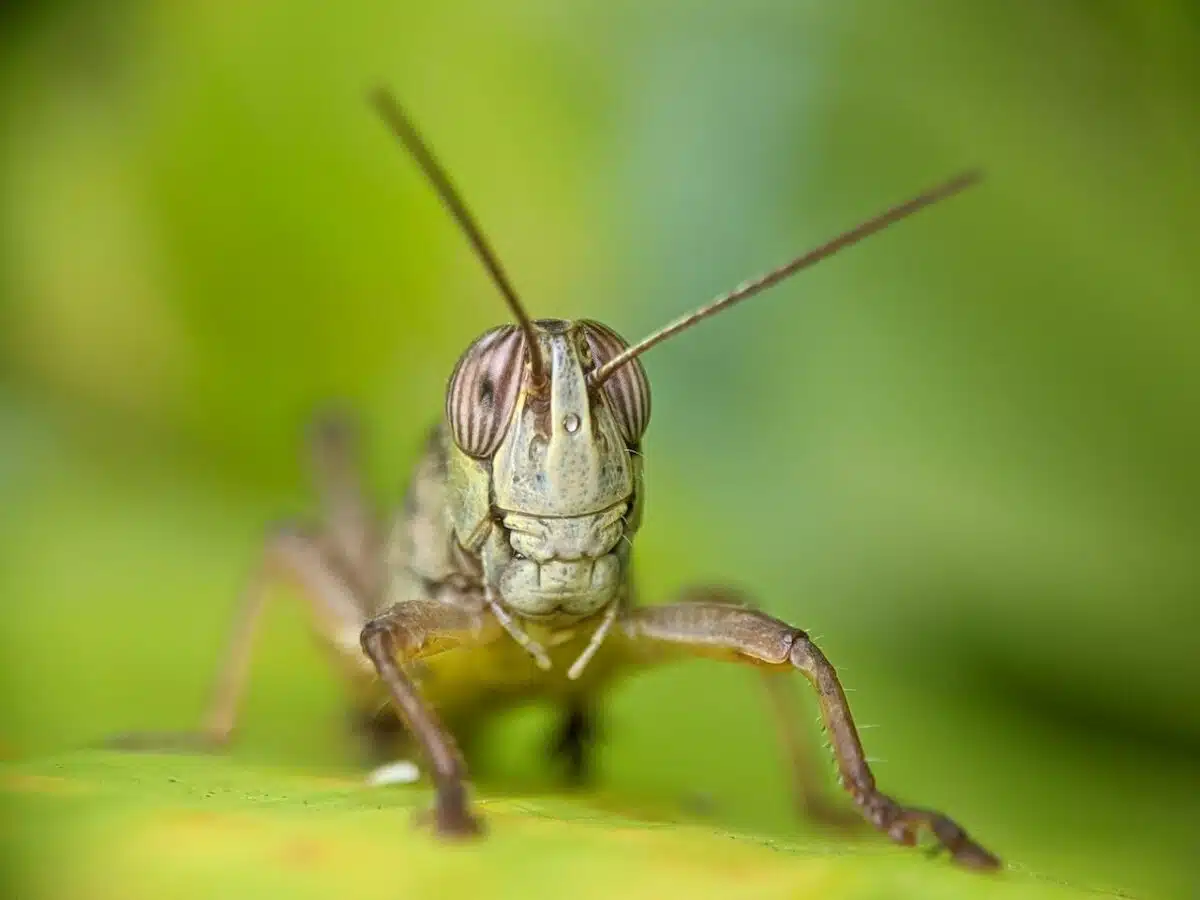In the annals of entomology, tales of colossal insects evoke a sense of awe and curiosity. Among these giants of the insect world, the story of Barry Gessler and the world’s largest locust, captured in 1937, stands out as a testament to the astonishing diversity and dimensions of the insect kingdom.
A Gargantuan Encounter: Size Beyond Belief
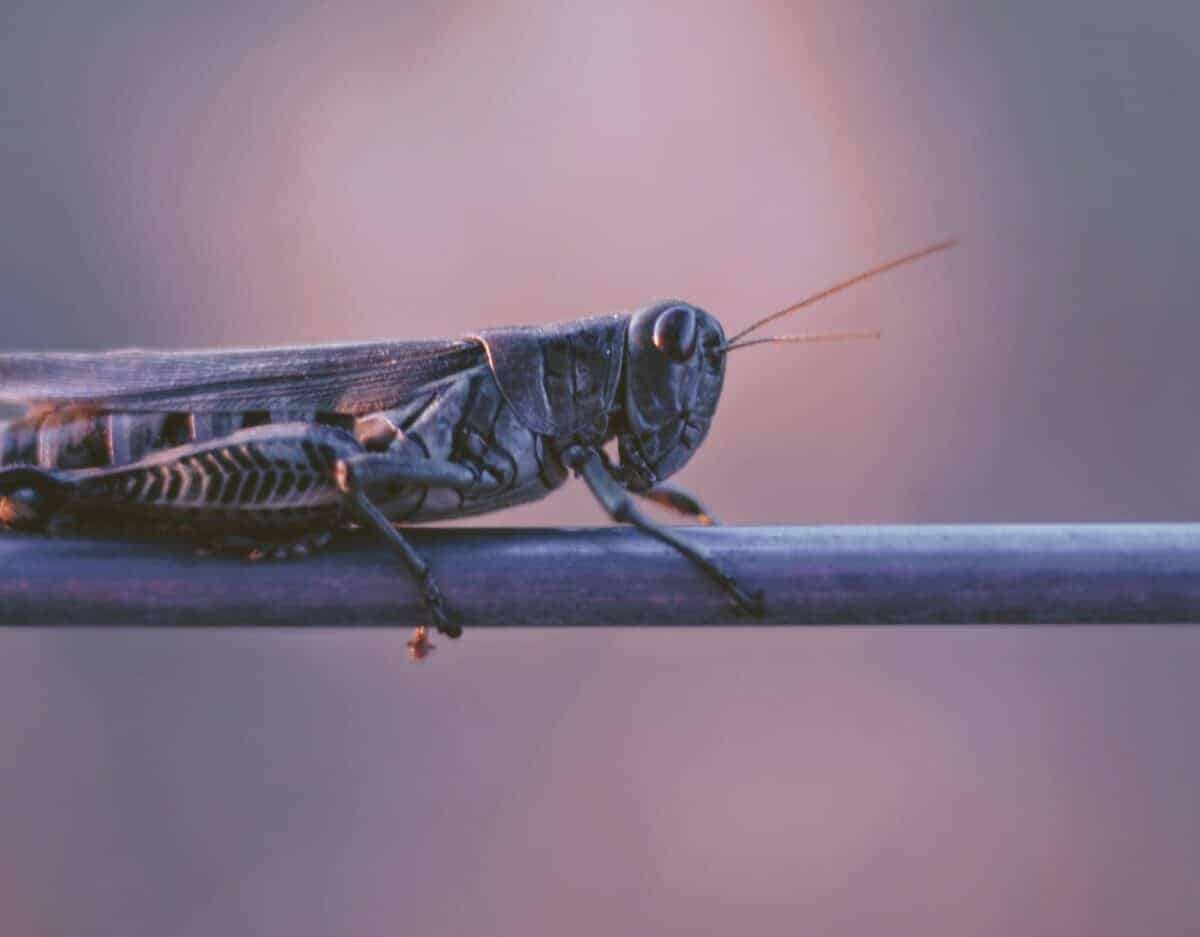
Barry Gessler’s remarkable feat unfolded in the verdant landscapes of New Zealand, where he encountered a gargantuan locust that defied the conventional expectations of size. This awe-inspiring creature tipped the scales at an astonishing ten kilograms, earning it the title of the largest locust ever recorded in the history of entomology.
Interesting Fact: Locusts are typically associated with swarms and mass migrations, but the colossal size of Gessler’s discovery adds a fascinating twist to the conventional narrative.
The Enigmatic Locust’s Playground: Where Giants Roam
Locusts, although commonly associated with arid regions, can be found across diverse ecosystems worldwide. Gessler’s encounter in New Zealand challenges the stereotype of locusts thriving only in desolate landscapes. The world’s largest locust proved that these insects can adapt to a variety of environments, showcasing the adaptability that has allowed them to survive for millions of years.
Interesting Fact: Locusts have been around for a staggering 300 million years, outliving dinosaurs and witnessing the rise and fall of numerous species.
Unveiling the Monstrous Anatomy: Physical Characteristics in Detail
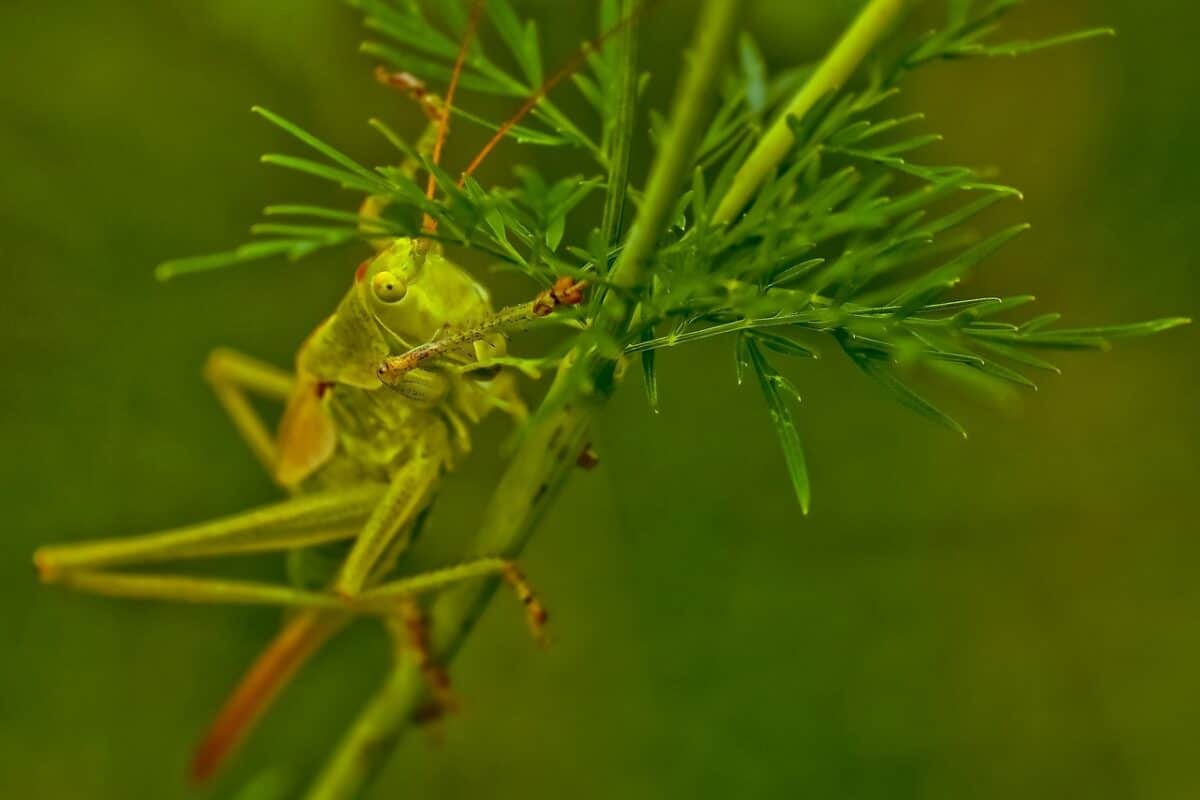
Beyond its unprecedented size, the world’s largest locust exhibited an array of distinctive physical features. Its exoskeleton, designed for protection and support, showcased an intricate pattern that captivated researchers and enthusiasts alike. The colossal insect’s wingspan, another awe-inducing aspect, provided a glimpse into the evolutionary adaptations that enabled locusts to traverse vast distances during migratory flights.
Interesting Fact: Locusts undergo a fascinating transformation known as metamorphosis, progressing through distinct developmental stages – egg, nymph, and adult – each with its unique characteristics.
Intriguing Behavior: Unraveling the Secrets of the Giant Locust
Despite its immense size, the behavior of the world’s largest locust remained consistent with its smaller counterparts. Locusts are renowned for their gregarious nature, forming swarms that can devastate crops in their path. The colossal specimen discovered by Gessler, however, displayed a solitary disposition, challenging preconceived notions about locust behavior.
Interesting Fact: Locust swarms have been recorded to cover vast areas, with some swarms reaching sizes of over 100 billion individuals, making them one of the most formidable insect forces on Earth.
Feasting on the Unthinkable: The Locust Diet Unveiled
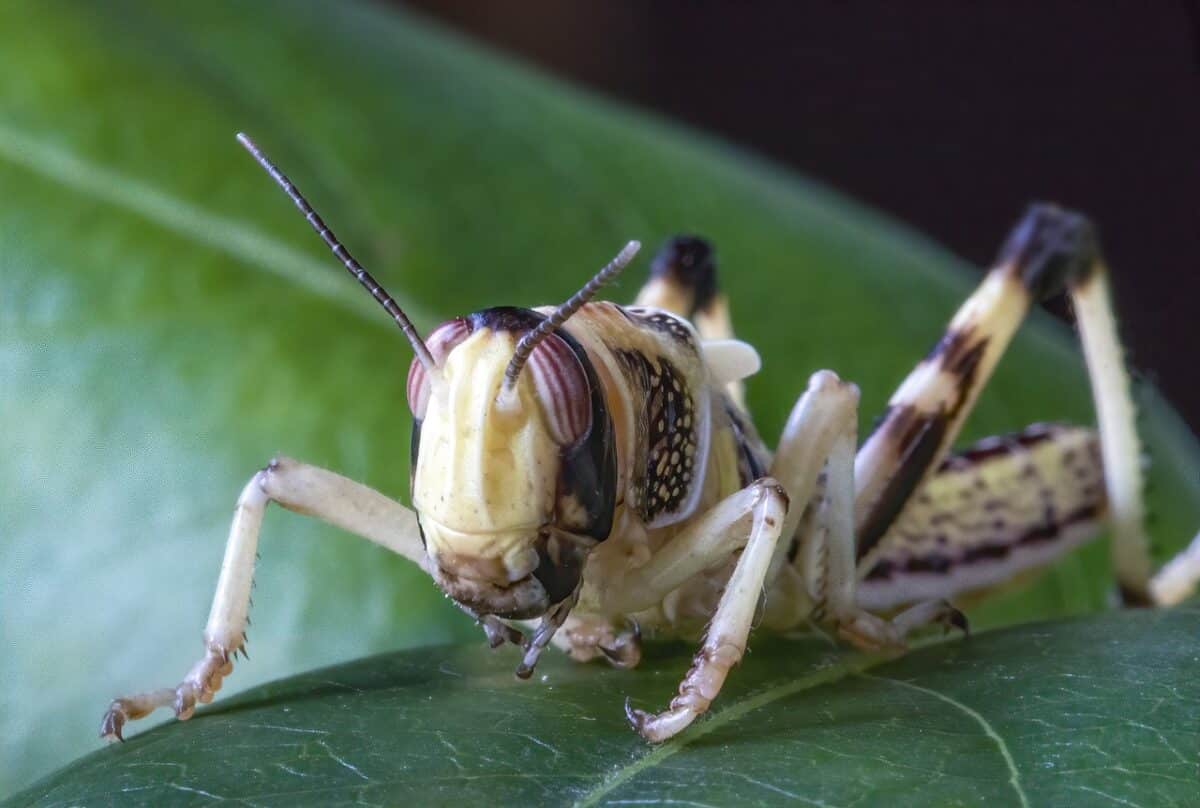
Locusts are voracious herbivores, known for their insatiable appetite and the ability to consume their body weight in food daily. The world’s largest locust, with its ten-kilogram mass, undoubtedly had an impressive appetite. Gessler’s encounter shed light on the dietary habits of these colossal insects. Thus, emphasizing their role as both fascinating and, at times, challenging components of ecosystems.
Interesting Fact: Locusts are not picky eaters; they devour a wide range of plants, contributing to the regulation of plant populations in their habitats.
Ephemeral Giants: The Locust Lifespan
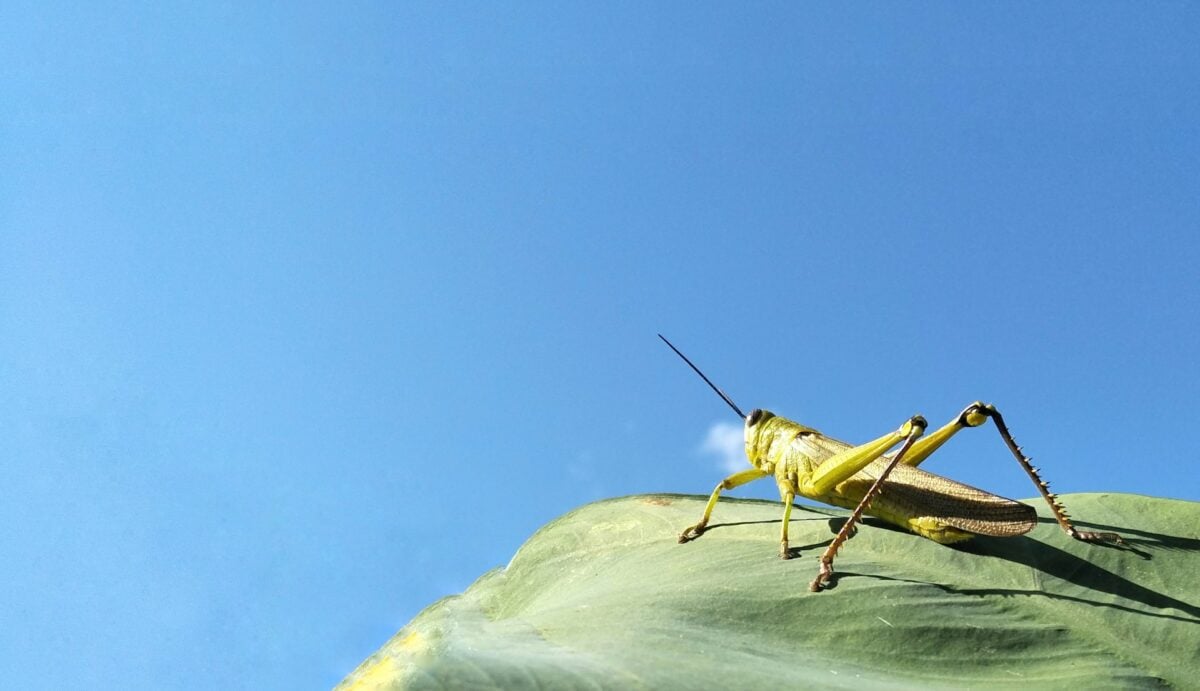
The life cycle of these guys is a marvel in itself. From egg to nymph to adult, the world’s largest one, like its smaller counterparts, underwent a transformative journey. They have relatively short lifespans, with their time as adults lasting only a few weeks. This ephemeral existence, however, is marked by prolific reproduction, ensuring the continuation of their species.
Interesting Fact: They have been documented as one of the fastest creatures on Earth. Thus, capable of reaching speeds of up to 8 miles per hour.
Wrapping Up with the Largest Locust
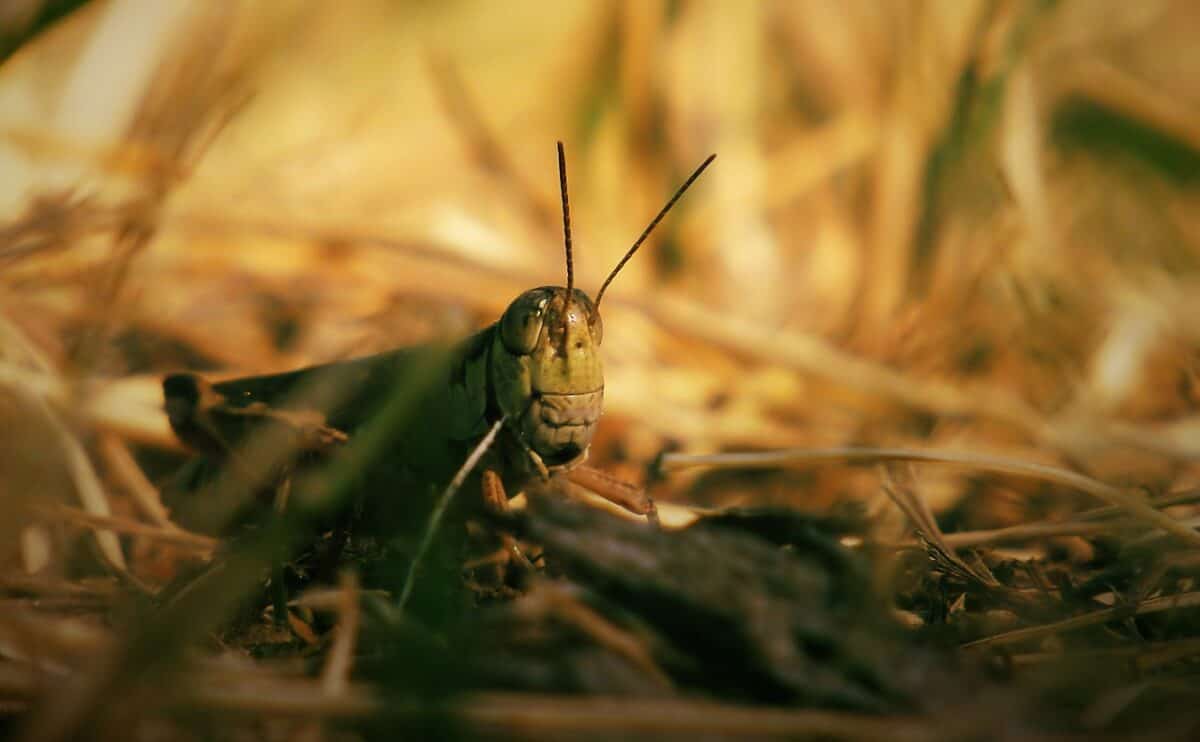
Barry Gessler’s encounter with the world’s largest locust in 1937 left an indelible mark on entomological history. Thus, unraveling the mysteries of these fascinating creatures. Finally, from the unexpected location of the discovery to the intricate details of its physical characteristics and behavior. Furthermore, the colossal beast stands as a testament to the perpetual wonders that the insect world conceals. As we delve into the enigmatic realm of insects, the tale of the world’s largest one beckons us to marvel at the astounding diversity and resilience of these tiny yet formidable beings.
Thank you for following along with this article –
Next up in the animal kingdom:
- Bald Eagle Family Expand Their Nest In California - April 24, 2024
- Firefighter Saves Abandoned Kittens Found Cuddling In Hoses - April 24, 2024
- Dolphins Get High Playing Catch With A Pufferfish - April 24, 2024

